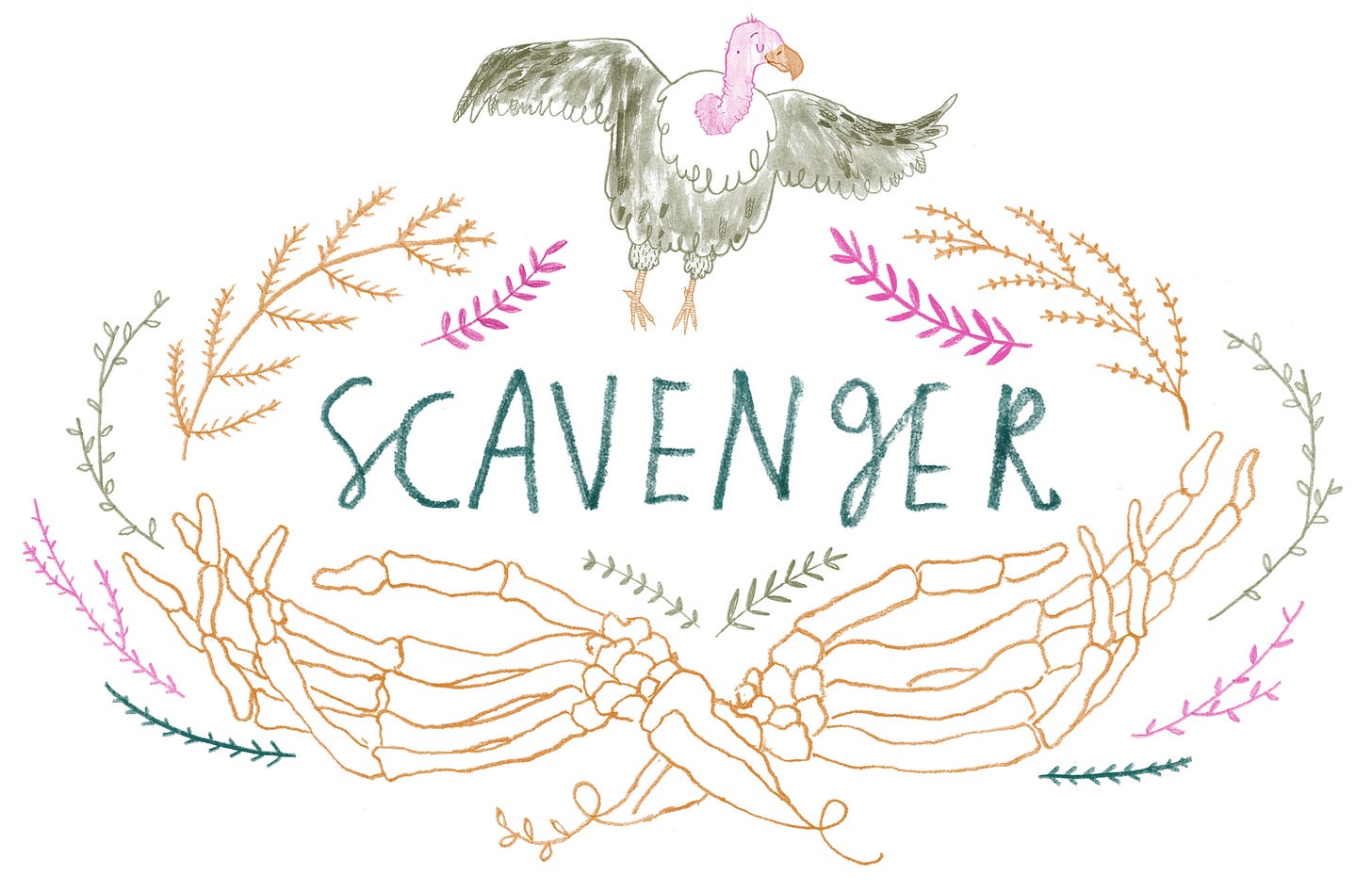
In 2017, the inimitable Amanda Mull nailed down exactly what is so bothersome about food Instagram. “It transforms an indulgent meal or snack from a physical activity to a status performance,” Mull wrote for Eater.
Rainbow-hued foods can’t possibly taste as good as they look, Mull pointed out. The bitterness of the food dye alone is enough to render bagels and milkshakes bitter and inedible. Instead, food Instagram is about showing that you obtained something desirable – that you were part of something. “The most notable thing about these feats of digital culinary showmanship, though,” Mull went on, “is what they don’t signal at all: the actual eating of food.”
Instagram concentrated our lizard-brain tendencies, allowing others to have a hand in shaping our desires. With Thanksgiving right around the corner, food Instagram is in full swing, with hundreds of companies fighting for a place in our feeds (feeds! isn’t that a strange word for it?) and on our tables.
Among all the turkeys and cranberry sauce, one dish in particular stands out. As it turns out, we don’t eat sweet potato casserole purely because we want to. We do it because a marshmallow company decided we should.

First, let’s talk about sweet potatoes. Many articles describe sweet potatoes as a Central American discovery that gradually gained a foothold in Europe and North America’s east coast colonies. Once lumped in with other potatoes, Southerners eventually developed distinct recipes for sweet potatoes’ unique flavor.
But too often, this history elides the importance of people of color. To start, Europeans didn’t stumble across sweet potatoes on their own. They observed Native Americans burying sweet potatoes in the hot ash of their cooking fires, retrieving them only when the potato was perfectly cooked inside its skin.
In Saveur, Lesley Porcelli notes that African slaves adopted sweet potatoes as a substitute for yams, a different tuber native to Africa. Their resourcefulness and recipes formed a crucial foundation for sweet potato cookery in North America.
By the 20th century, sweet potatoes were common across the US. Most people roasted them, or served twice-baked sweet potatoes dressed up with butter and cream. Marshmallows didn’t enter the picture until 1917, when a company called Angelus Marshmallows began selling them pre-made. (Today, the company is called Campfire.)

Campfire’s website features food photography that wouldn’t be out of place on Instagram.
Premade marshmallows were a time-saving innovation, and a luxury. Making marshmallows from scratch can be an incredibly tedious process requiring a careful alchemy of gelatin and molten sugar. You have to heat the mixture to hit precise temperatures, then whip it to exactly the right consistency, then leave it for hours to set.
But like any new product, the novelty wasn’t enough to ensure that marshmallows would sell. To hedge their bets, Angelus Marshmallows commissioned a recipe booklet from Janet McKenzie Hill, a well-known cook who founded the Boston Cooking School Magazine – essentially, they hired an influencer.
Hill dreamed up new uses for marshmallows, including using them to top mugs of hot cocoa. She is also credited for developing the sweet, marshmallowy recipe for sweet potato casserole.
According to Quartz, the recipe wasn’t universally embraced:
Right away, Americans divided on whether that was a good thing. Southerners appeared to respect sweet potatoes too much to pair them with candy. "Most of the receipts direct you to…embellish with marsh-mallows," wrote Harriet Ross Colquitt in a recipe for candied sweet potatoes in The Savannah Cook Book (J.J. Little and Ives, 1933), but she made it clear that she considered her unembellished dish "far, far nicer." Northerners, by contrast, embraced marshmallows as the latest innovation. In a 1929 issue of Ladies' Home Journal, Caroline B. King, a native of Chicago, raves about a version she tried in Virginia, yet she can't help but interject her presumably more cosmopolitan ideas. Describing the twice-baked sweet potatoes loaded with butter, cream, paprika, and chopped pecans, she muses, "I find that a topping of halved or quartered marshmallows… improves even this luscious dish."
Today, plenty of people remain uncertain about whether they like the dish for its taste or its nostalgia.
“Truth be told, I used to shudder at the sight of the sweet potato casserole that appeared on our table each Thanksgiving,” Porcelli admits. Yet the sweet potato casserole, full of yams canned in syrup and miniature marshmallows, felt like an American rite of passage.
If you view the casserole as a facet of capitalism, then yeah – I guess it is.
Something else

Jack and I are watching Letterkenny, and oh my God, it’s as funny and strange and wonderful as I hoped it would be. The show is a character-driven sit com about a rural Canadian town, but that description doesn’t do it justice. The comedic choices are peculiar and subtle, all rooted in the actors’ movements and delivery and in the editing itself. There are seven seasons on Hulu – plenty for fall binging.


